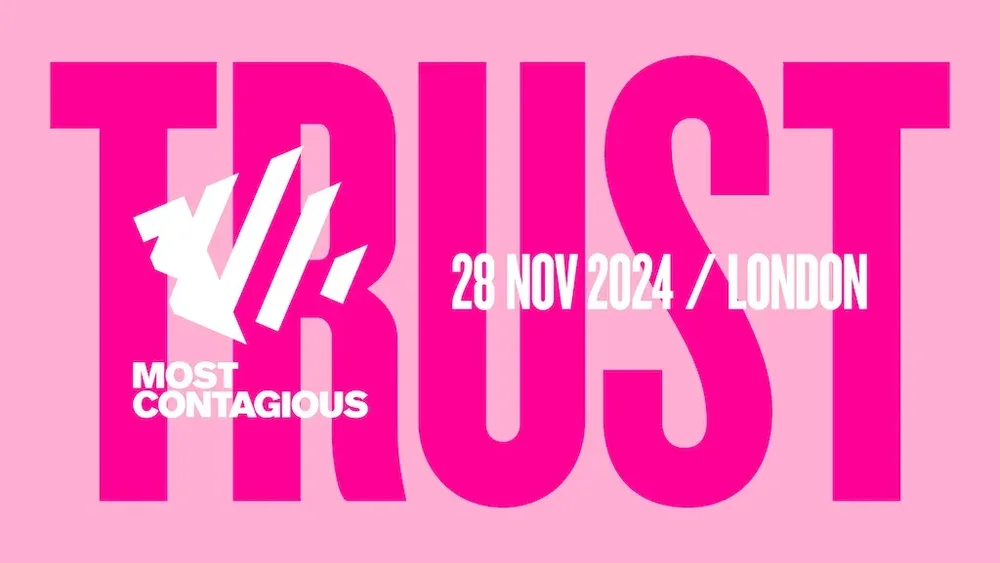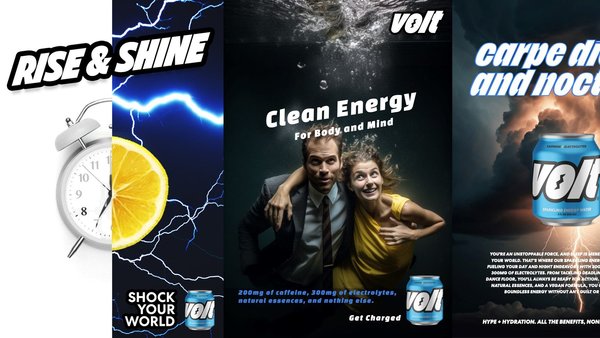Irrationality expert baffled by ad agency model /
Behavioural science pioneer Dan Ariely spent a week interning at Ogilvy. This is what he made of the ad industry
James Swift
/
‘My first observation is that the people who work in advertising — or maybe it's just Ogilvy — are very young, very attractive, and dress in a very interesting way.’
Dan Ariely is a professor of psychology and behavioural economics at Duke University and the author of three New York Times best-selling books, and he spent last week interning at Ogilvy London.
Curious to know what one of the world’s foremost experts on decision making made of the ad industry, we spoke to Ariely — or rather, we received a 15-minute voice note from him – about what he saw and learned during his brief tenure as an intern.
After reflecting on the demographic makeup of the industry (see above), Ariely’s second observation was that the staff at Ogilvy appeared to ‘thrive on creativity’ and ‘challenge each other to be more creative.’
Although, ‘it doesn't feel like a competition of who is more creative,’ he added. ‘It feels more like a team sport of trying to get people to be more extreme, to think more creatively, to have more ideas.’
Ariely was also struck by how much time people spent brainstorming and discussing ideas. ‘I was in multiple sessions,’ he said, ‘and there was never a sense that the hour or the two hours was ending and we’d have to come up with a solution. It felt more like a process of getting marinated in the ideas, and that the marinating was for its own sake.’
Ogilvy’s methods differed greatly from Ariely’s own. When he’s hired to help companies become more effective or efficient by implementing some of the principles of behavioural economics, Ariely says he will spend time explaining the existing frameworks and theories within psychology, and then ask the clients to think about how they could apply them to their own businesses.
Agencies, on the other hand, approach each job with a clean slate, observes Ariely. ‘They say, “Okay, we don't understand this problem; let’s listen to customers, let’s get data from the [client], let's understand what they understand and what they don't understand, let's do some primary research,” and so on.’
Ariely says that he has a lot of time for the fact that agencies don’t come to a brief with preconceived notions, but he wondered why they don’t start with things that they already know, about pricing or reputation or other facets of advertising they understand.
‘And then it struck me that one of the reasons for that is the hourly model,’ he says. ‘You get paid by the hour, not by the quality of the idea, and not by the impact.’
The upshot of the billable hour, says Ariely, is that agencies aren’t rewarded for bringing existing knowledge or expertise to a brief.
‘If an agency put 30% of its effort into creating a generalised understanding of important topics, nobody would pay for it,’ continues Ariely. ‘So the incentives are actually against agencies creating generalised knowledge and against making the effort to understand a topic, not in a specific sense, but in a general sense.’
Another problem, muses Ariely, is that clients don’t pay for pitches, which means that they’re unlikely to represent the agencies’ best work. And while clients probably think they’re getting the long of the stick here, Ariely suggests they might be operating under a false assumption.
‘I'm guessing the assumption is that the free proposal is predictive of the real quality [of the agency],’ says Ariely, ‘but I don't think it's necessarily the case. So it could be that companies who are getting free proposals and using those to predict the quality of the [final output] are making a mistake.’
After thinking more about the billable hour model, it became clear to Ariely that it also gets in the way of collaboration.
‘Let's say I came to you and I say, “I want 15 minutes of your time”,’ says Ariely. ‘You would have an incentive to say, “This would not take me 15 minutes, it would take me three hours”. The moment you move to a billable-hour model, people have less incentive to help each other.'
‘Creativity is very magical,’ concludes Ariely. He adds that he understands why clients want the control that billable hours offers, and why agencies appreciate being able to demonstrate their process of work — the concept of operational transparency states that we want to show effort because it increases customers’ willingness to pay — but ultimately, he says, the model may be getting in the way of great creativity.
‘It would be useful to think about a hybrid model,’ Ariely suggests. ‘Anyway, I had an amazing time [at Ogilvy], I learned a lot, and I'm looking forward to visiting again.’
If you want to read more about the creative agency business model, click here.
Like the cut of our jib...? /
...Then join us for our insight packed end-of-year event, Most Contagious London, on 28 November.
You’ll get the inside scoop on some of the most innovative and effective campaigns of the year, as well as a breakdown of the marketing trends that will continue to reverberate throughout the industry next year.
And if you book your place before we announce the agenda for the event, you can attend for just £450 with our Trust Pass ticket.
Give us a day, and we’ll give you a year’s worth of creative inspiration that you can use to hit the ground running in 2025.
Find out more here.
Want more of the same? /
We don’t just write about best-in-class campaigns, interviews and trends. Our Members also receive access to briefings, online training, webinars, live events and much more.








